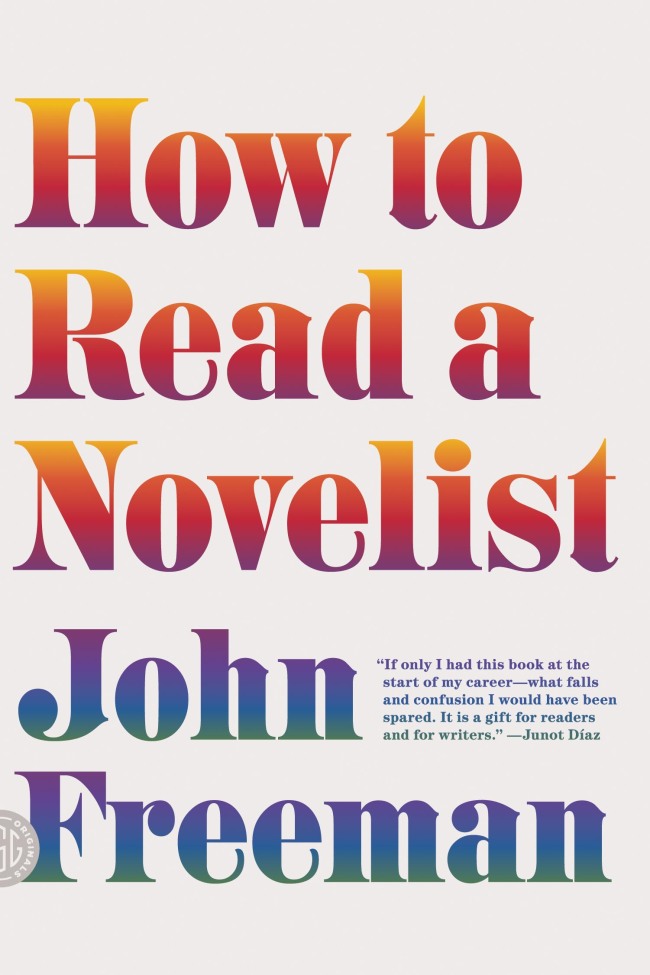
How to Read a Novelist
By John Freeman
(Farrar, Straus and Giroux)
The arts journalists can get a little weird around great novelists. We write for a living. So do they. But that shred of similarity can make us envy and idolize what they do. They’re like us, but bigger, better and more imaginative.
I’ve always enjoyed reading John Freeman’s author profiles because he seems entirely comfortable with his corner of the firmament and place in the pecking order. His new collection, the cheekily titled “How to Read a Novelist,” contains 55 author interviews published in various newspapers (including The Dallas Morning News) and magazines over the past 13 years. Freeman’s voice and accomplishment remain strikingly consistent. He stays modest, but he’s always informed. He sets context but never gets wonky. He knows he’s not the main attraction, and the reader is all the richer for it.
Freeman, the former editor of the literary journal Granta, lays out his approach in an introductory essay called “U and Me: The Hard Lessons of Idolizing John Updike.” “The only thing an interviewer can do to capture what a novelist does,” he writes, “is to make them talk and tell stories, and think aloud. These are not meant to be definitive life profiles but rather glimpses spied through a moving window.”
Through that window we spy some of the all-time greats, including Toni Morrison, Philip Roth, A.S. Byatt, Norman Mailer and, yes, John Updike. We visit with younger stars including Dave Eggers, Jennifer Egan, Jonathan Franzen and Jonathan Safran Foer. International novelists, including Libya’s Hisham Matar, China’s Mo Yan and Indonesia’s Ayu Utami, are well-represented. Freeman is an omnivorous consumer of literature; reading through this collection, it’s easy to wonder when and how he does anything but read novels, talk to their authors and tell us what they said.
These pieces are never flashy, but every now and then he turns a phrase that suggests these mighty literary artists are rubbing off on him. Sitting across from Eggers: “His black travel bag sits at my feet like a dog begging for a walk.” On Morrison’s thorny universe: “The love Morrison writes of both warms and devours, and her characters have yet to find the balance between the two.” On Egan: “The warmth of her face comes with the aftershock of something hard.”
He’s a great reader, of novels and novelists (hence this collection’s title). True to his mission, however, Freeman is quick to get out of the way when the writers have something to say. Here’s the late David Foster Wallace on his beloved footnotes: “Footnotes are very much a call-and-response thing ― you basically have two voices.” Haruki Murakami has this to offer on the contradictions of writerly discipline: “If you lead a very repetitious life, your imagination works very well. It’s very active. So I get up early in the morning, every day, and I sit down at my desk, and I am ready to write.”
Though he’s not writing literary fiction, Freeman writes with a similar tenacity: another day, another writer, another conversation. Behold the fruits of his labor. (MCT)








